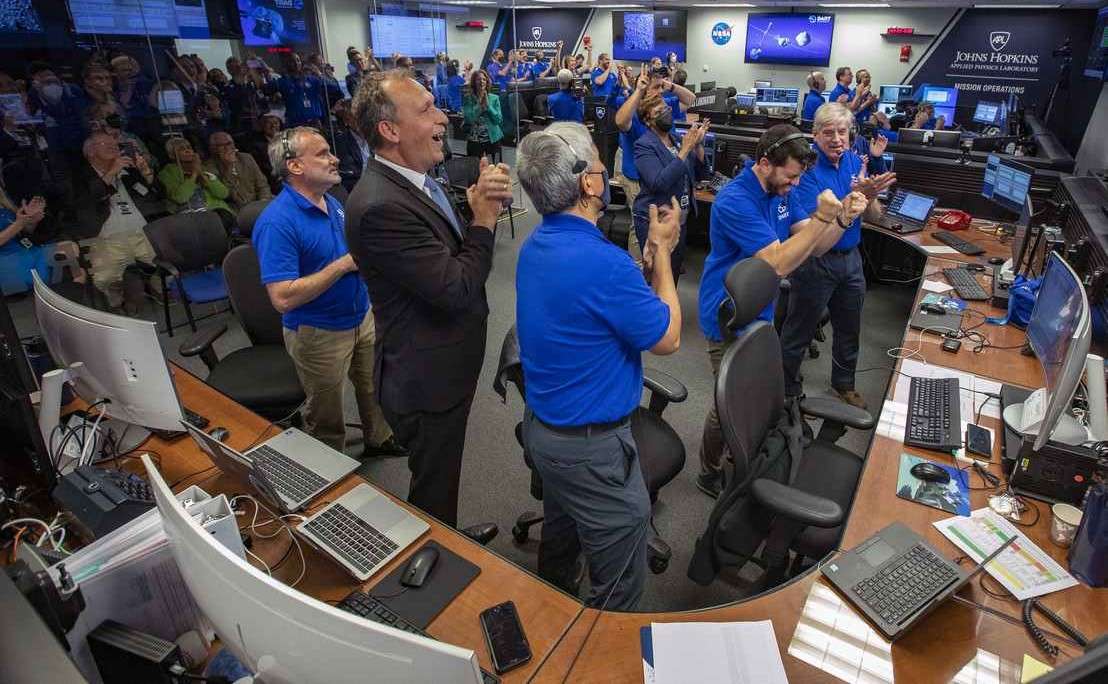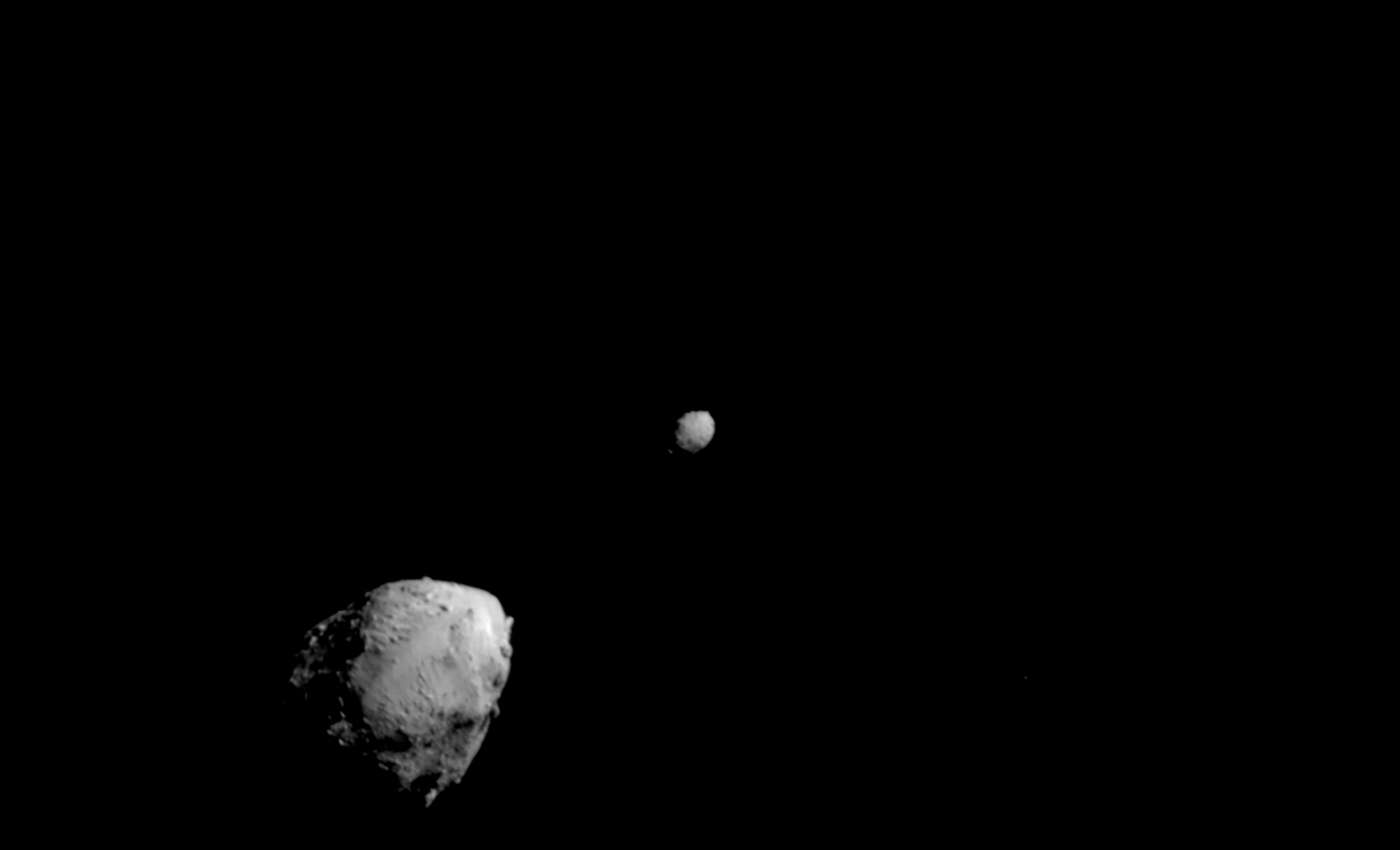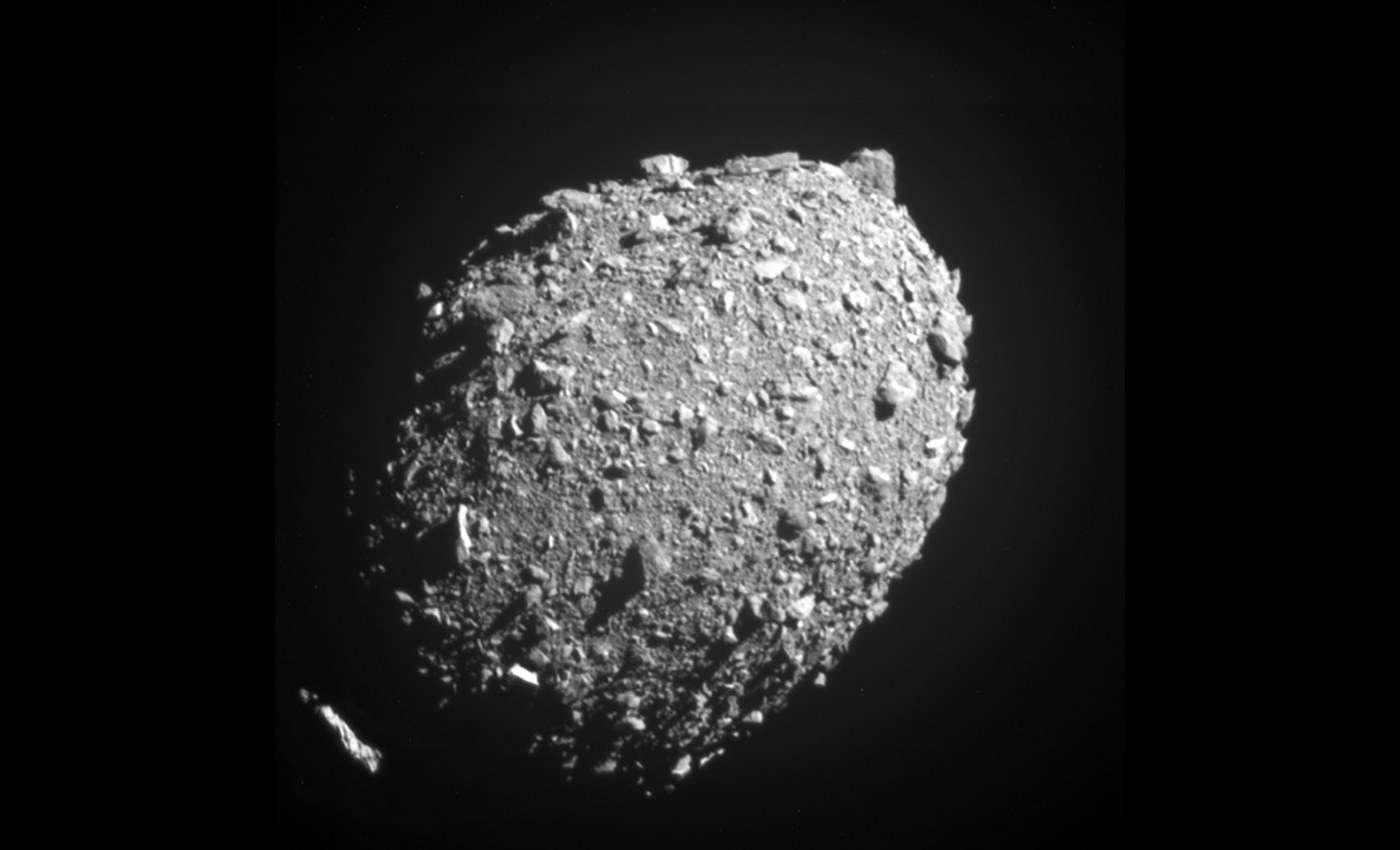Youth Crime in the U.S. Has Plummeted 78% Since 1994, Which Counters the Usual Narrative
Analysis of the data from the FBI found that people age 17 and younger accounted for just 7% of all arrests for violent crime in 2020.

This was the moment when NASA, including science mission chief Thomas Zurbuchen, celebrated the complete and utter destruction of one of their spacecraft.
While that sounds like a strange thing to celebrate, it was humanity's first real-world test to see if we could alter the path of an asteroid if ever one were discovered heading on a collision course with Earth.
The Double-Asteroid Redirection Test, or DART, was sent far into the solar system to strike an asteroid called Dimorphos which orbited a larger rock called Didymos, neither of which will ever pose a threat to Earth, but were the perfect testing candidates.
The investigation team will now observe Dimorphos using ground-based telescopes to confirm that DART's impact altered the asteroid's orbit around Didymos. Researchers expect the impact to shorten Dimorphos' orbit by about 1%, or roughly 10 minutes; precisely measuring how much the asteroid was deflected is one of the primary purposes of the full-scale test.
Knowing from the outset that DART would be launched on a suicide mission, it was equipped with only three instruments, a sophisticated solar-system navigation tool, and a very sophisticated camera which it would use to find and image Didymos and Dimorphos, which had never been seen by anyone before.
The third was a small cling-on cube satellite developed by the Italian Space Agency (ASI) called LICIACube, and the pictures it took of the impact are expected to be beamed back to Earth over the coming days.


In this video from NASA, you can see the asteroids as DART sped towards them at 14,000 miles per hour, with the final picture ultimately coming milliseconds before the impact.
DART was the first mission of NASA's new Planetary Defense Coordination Office, a division that exclusively works to defend Earth from objects that could send us the way of the dinosaurs.
"Planetary Defense is a globally unifying effort that affects everyone living on Earth," said Thomas Zurbuchen, associate administrator for the Science Mission Directorate at NASA Headquarters in Washington.
"Now we know we can aim a spacecraft with the precision needed to impact even a small body in space. Just a small change in its speed is all we need to make a significant difference in the path an asteroid travels."
With the asteroid pair within 7 million miles (11 million kilometers) of Earth, a global team is using dozens of telescopes stationed around the world and in space to observe them.
Over the coming weeks, they will characterize the ejecta produced and precisely measure Dimorphos' orbital change to determine how effectively DART deflected the asteroid. The results will help validate and improve scientific computer models critical to predicting the effectiveness of this technique as a reliable method for asteroid deflection.
Roughly four years from now, the European Space Agency's Hera project will conduct detailed surveys of both Dimorphos and Didymos, with a particular focus on the crater left by DART's collision and a precise measurement of Dimorphos' mass.
WATCH the countdown to impact on NASA's Youtube
SHARE This Super Important Milestone With Your Friends On Social Media…
Be the first to comment